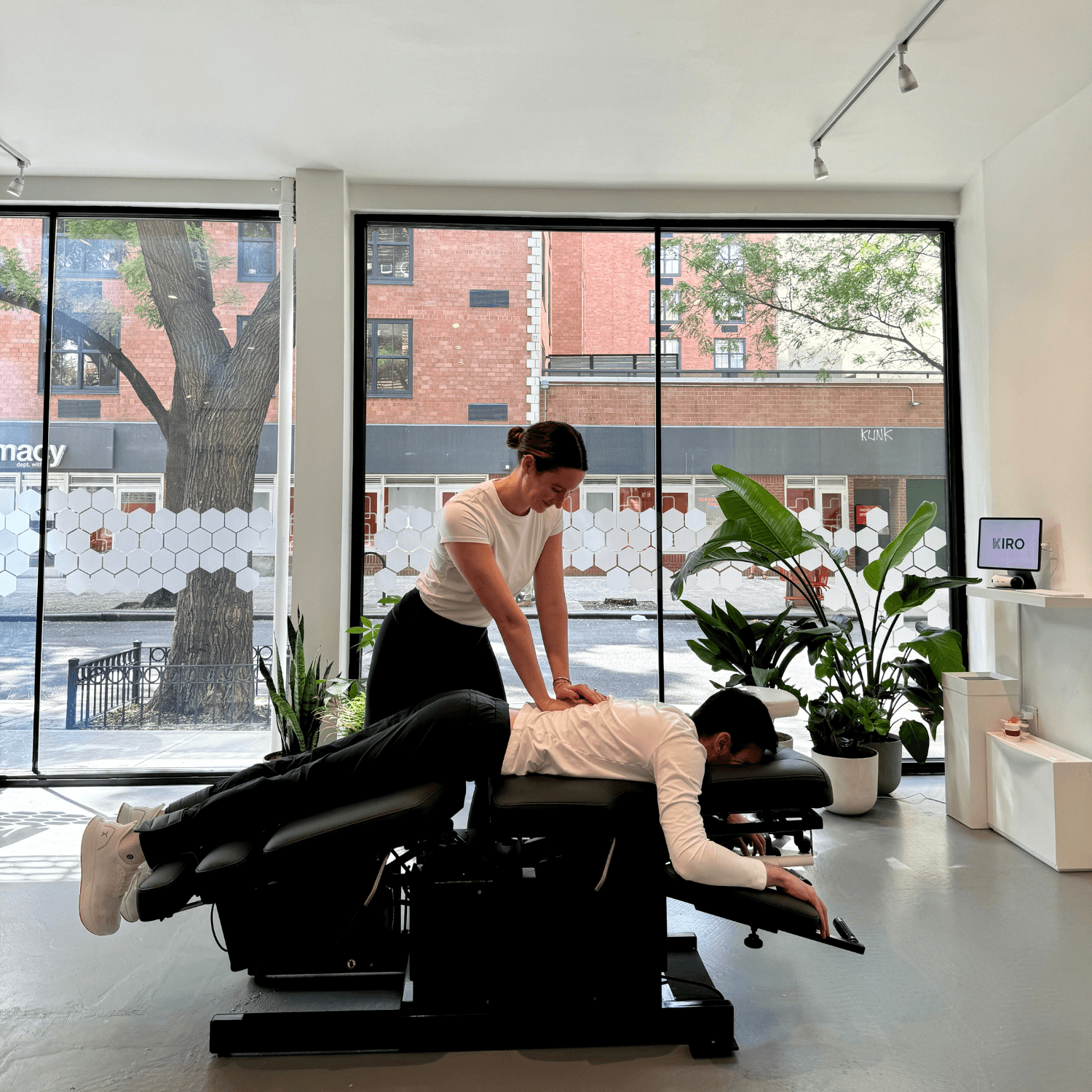Ergonomic Essentials for the Active Professional: A Chiropractic Perspective
May 9, 2024
In the fast-paced world of urban professionals and athletes, staying active and pain-free is crucial. An ergonomically optimized workspace is not just about comfort—it's about maintaining the health and functionality of your body. Here's how you can set up your workspace to support your well-being and enhance productivity.
1. Optimal Chair Selection: An ergonomic chair is essential for supporting your spine’s natural curvature. "Your chair should allow your feet to rest flat on the floor, with thighs parallel to the floor, ensuring your hips and knees are at a comfortable angle," advises Dr. Sarah Dale, Director at KIRO. This setup helps in maintaining a relaxed posture that supports your lower back.
2. Desk Dynamics: Ensure that your desk height aligns with your chair to keep your forearms parallel to the ground, minimizing wrist strain. If your desk doesn’t adjust, use a footrest to achieve the correct posture. This keeps your body aligned and reduces unnecessary strain.
3. Monitor and Keyboard Alignment: Position your monitor at an arm’s length with the top no higher than eye level to prevent neck strain. Place your keyboard directly in front of you to keep your wrists straight and your hands at or just below the level of your elbows.
4. Maintain Correct Posture: Always align your back with the back of your chair to avoid slouching, which can strain your neck and shoulders. Dr. Small emphasizes, "Keeping your shoulders relaxed and your head aligned over your neck is vital; it mimics the natural stance that we often maintain in chiropractic adjustments."
5. Movement is Key: Frequent movement is essential. Dr. Small suggests, "Make it a routine to stand or walk every hour. This not only relieves muscle tension but also aligns well with the chiropractic principle of regular movement to enhance spinal health."
6. Workspace Organization: Keep essential items within easy reach to minimize reaching and twisting, which can lead to muscle fatigue and discomfort in your neck and shoulders.
Integrating these ergonomic principles can significantly reduce the risk of shoulder and neck pain. Moreover, regular chiropractic adjustments can complement these efforts by ensuring that your spine and neck are aligned and functioning optimally. Chiropractic care is not just about addressing pain—it's about optimizing your body's potential to handle the stresses of daily life, especially for those who lead an active lifestyle.


